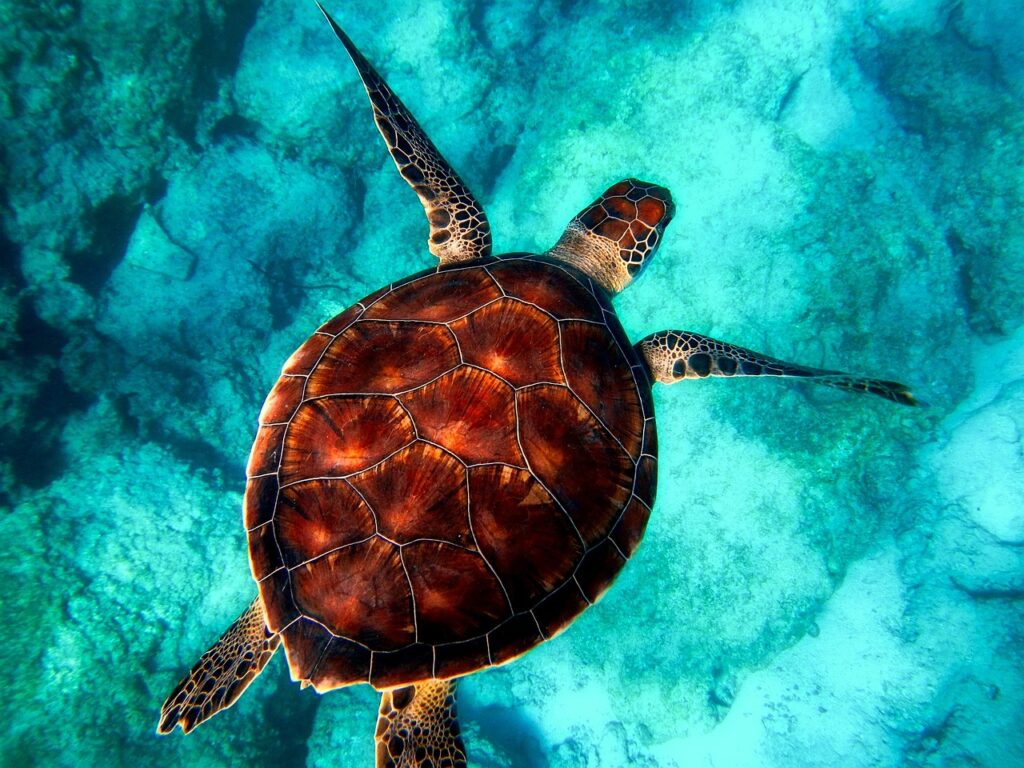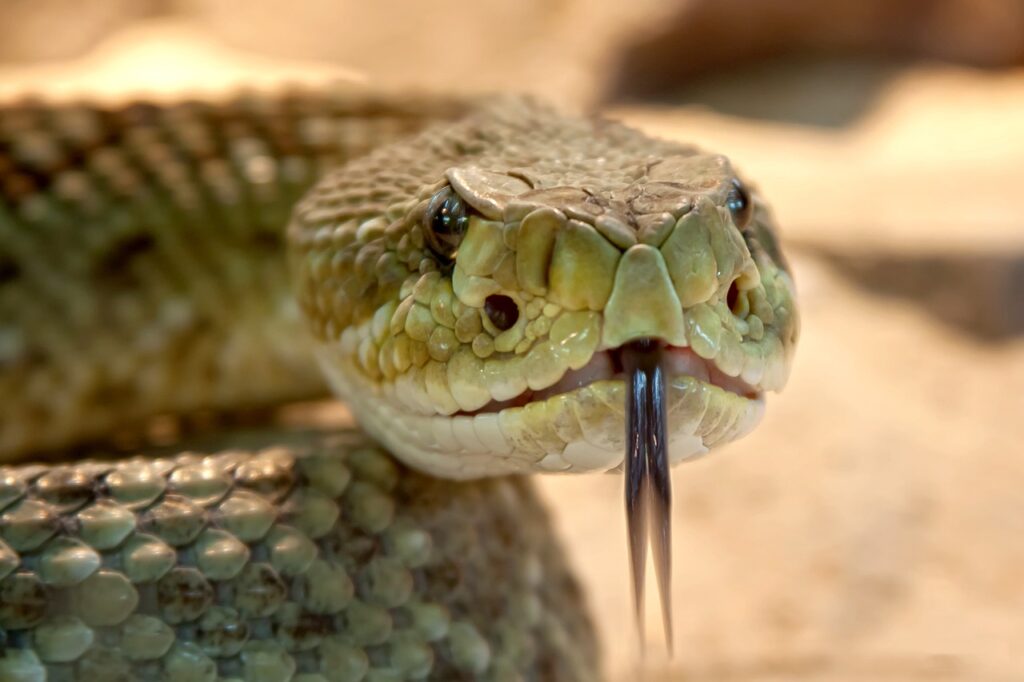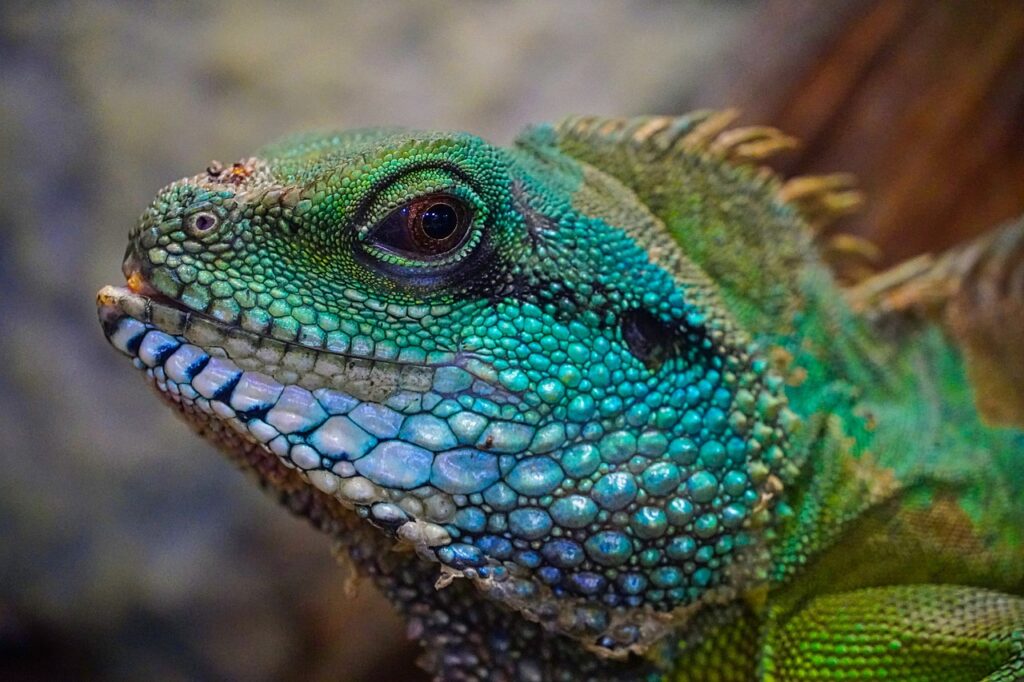Have you ever wondered just how big a snapping turtle can actually get? These fascinating creatures, known for their strong jaws and feisty personalities, can grow to impressive sizes. From their powerful, bulky bodies to their long, armored shells, snapping turtles can reach lengths of up to two feet and weigh over 35 pounds! Join us as we explore the astonishing dimensions of these formidable reptiles and uncover the secrets of their incredible growth.
Overview of Snapping Turtles
Snapping turtles, known for their ferocious bite and prehistoric appearance, are fascinating creatures that inhabit freshwater habitats across North America. In this comprehensive article, we will explore various aspects of snapping turtles, including their size, behavior, life cycle, feeding habits, threats they face, and their significance in ecosystems. By diving into the world of snapping turtles, you will gain a deeper understanding of these remarkable reptiles and the importance of respecting and conserving their species.
Description of Snapping Turtles
Snapping turtles are known for their distinctive spiked shells and powerful jaws. These reptiles have a rough carapace, often covered in algae or mud, which provides camouflage in their natural habitats. Their shells range in color from brown to black, blending seamlessly with the surrounding environment. With strong claws on their webbed feet, snapping turtles are versatile swimmers and adept at digging into muddy bottoms of ponds, lakes, and marshes.

Habitat of Snapping Turtles
Snapping turtles primarily inhabit freshwater ecosystems such as ponds, lakes, rivers, and marshes. They are highly adaptable and can tolerate a wide range of habitats, including brackish water. Snapping turtles prefer shallow waters with plenty of vegetation and submerged logs, which provide hiding spots and basking platforms. These reptiles are mainly found in North America, with their range spanning from Southern Canada to as far south as Florida, and from the east coast to the west coast.
Behavior of Snapping Turtles
Despite their reputation as aggressive creatures, snapping turtles are generally shy and prefer to retreat when approached. They are solitary animals, spending most of their time in the water, occasionally emerging onto land to lay eggs or bask in the sun. Snapping turtles are predominantly active during the warmer months, where they engage in foraging and mating. They are opportunistic predators, known to eat anything from fish and amphibians to small mammals and carrion.

Importance of Snapping Turtles in Ecosystems
Snapping turtles play a crucial role in maintaining the balance of aquatic ecosystems. As opportunistic scavengers, they help keep water bodies clean by consuming dead and decaying organic matter. Snapping turtles are also known to control populations of smaller aquatic animals, preventing overpopulation. Furthermore, their nesting habits contribute to nutrient cycling, as the eggs they lay provide essential nutrients for soil fertility. By being an integral part of the ecosystem, snapping turtles contribute to the overall health and diversity of their habitats.
Size of Snapping Turtles
Average Size of Snapping Turtles
Snapping turtles are among the largest freshwater turtle species, with their size varying depending on factors such as age, sex, and habitat conditions. On average, adult female snapping turtles range in size from 10 to 18 inches (25 to 45 centimeters) in shell length, while adult males are generally smaller, measuring around 8 to 12 inches (20 to 30 centimeters).
Factors Affecting the Size of Snapping Turtles
Various factors can influence the size of snapping turtles. Genetics, availability of food resources, and environmental conditions all play a role in determining the growth potential of individuals. Snapping turtles living in nutrient-rich environments with ample food sources tend to grow larger compared to those in habitats with limited resources.
Growth Rate of Snapping Turtles
Snapping turtles have a slow growth rate, taking several years to reach maturity. During their early years, snapping turtles experience more rapid growth, which gradually slows down as they approach adulthood. It can take up to 15 years for snapping turtles to reach sexual maturity, with their growth rate significantly influenced by environmental factors such as temperature and food availability.

Record-Breaking Snapping Turtles
The Largest Snapping Turtle Ever Recorded
The largest recorded snapping turtle on record was a beastly specimen found in Kansas, measuring an astonishing 19.5 inches (49.5 centimeters) in shell length and weighing a whopping 86 pounds (39 kilograms). This exceptional individual showcases the immense size and potential of snapping turtles, reminding us of their remarkable presence in the natural world.
Tracking and Measuring Snapping Turtles
Measuring snapping turtles can be a challenging task due to their unpredictable behavior and the need for specialized equipment. Researchers and conservationists use various methods such as underwater cameras, traps, and radio telemetry to track and measure populations. Through these scientific endeavors, valuable data is gathered to better understand the behavior, distribution, and size ranges of snapping turtles in different regions.
Size Comparison with Other Turtle Species
In comparison to other turtle species, snapping turtles rank among the largest. While size can vary within populations and by geographic location, snapping turtles typically surpass the size of common turtles such as painted turtles or red-eared sliders. Their formidable size and strength are essential adaptations that aid in their survival and position them as top predators in their respective ecosystems.
Growth Patterns of Snapping Turtles
Size at Birth
When snapping turtles hatch from their eggs, they are relatively small, typically measuring around 1 to 2 inches (2.5 to 5 centimeters) in shell length. Their miniature size makes them vulnerable to predators, prompting them to seek refuge in the safety of nearby water bodies.
Early Years of Growth
During their early years, snapping turtles experience a period of rapid growth. Factors such as temperature and food availability significantly influence their growth rate during this stage. Snapping turtles actively forage for food to fuel their growth, feeding on a variety of aquatic plants, invertebrates, and small vertebrates.
Adolescent and Adult Growth
As snapping turtles transition into adolescence and adulthood, their growth rate gradually slows down. While they continue to grow, the pace becomes more gradual, and their size is primarily influenced by genetics and available resources. Once they reach sexual maturity, typically between the ages of 8 to 15 years, their growth becomes minimal. At this stage, their size is largely dependent on the environment and their ability to obtain sufficient nutrients.
Factors Influencing Growth Patterns
Several factors influence the growth patterns of snapping turtles. Temperature plays a vital role, as warmer temperatures tend to promote faster growth rates. Adequate food resources also determine the size and growth potential of snapping turtles. Furthermore, the absence of predation and access to suitable nesting sites contribute to their overall growth and survival.

Life Cycle of Snapping Turtles
Egg-laying and Nesting
Snapping turtles have a unique reproductive process that begins with the females emerging from the water to lay their eggs. They meticulously seek out suitable nesting sites, often choosing sandy or loose soil near water bodies. Using their strong hind legs, female snapping turtles dig extensive nests and carefully deposit their eggs before covering them to protect them from predators.
Incubation Period
The incubation period for snapping turtle eggs typically lasts between 9 and 18 weeks, depending on environmental conditions such as temperature. The sex of the hatchlings is determined by the temperature within the nest, with slightly higher temperatures resulting in females and slightly lower temperatures producing males.
Hatching and Early Years
Upon hatching, young snapping turtles instinctively make their way to the water, facing various challenges and predators along the way. Their small size and resilience aid in their survival during this vulnerable stage. Young snapping turtles spend their early years primarily in the water, where they develop and grow while honing their predatory skills.
Growth and Maturity
As snapping turtles mature, they continue to grow and develop their characteristics, including their size, behavior, and reproductive abilities. Once they reach sexual maturity, snapping turtles contribute to the ongoing cycle of life by breeding and laying their own eggs. This life cycle, spanning several decades, ensures the survival and perpetuation of snapping turtle populations.
Feeding Habits and Diet
Snapping Turtles as Opportunistic Predators
Snapping turtles are opportunistic predators, displaying a remarkable ability to adapt to various food sources. Their diet consists of aquatic plants, insects, fish, amphibians, small mammals, and carrion. Snapping turtles are notorious for their ambush hunting strategy, patiently awaiting prey and striking with astonishing speed and force when the opportunity arises.
Primary Food Sources
While snapping turtles have a diverse diet, certain food sources play a more significant role in their nutrition. Aquatic plants, fish, frogs, and insects are among their primary food sources. These resources provide essential nutrients, energy, and sustenance for their growth and survival.
Prey Size and Hunting Techniques
Snapping turtles are capable of consuming prey that exceeds their own size, displaying impressive feeding capabilities. By employing their powerful jaws and lightning-fast movements, snapping turtles capture and consume a wide range of prey. They rely on their sharp beaks, strong claws, and immense bite strength to overpower and consume their chosen targets.

Threats and Conservation
Human Impact on Snapping Turtle Populations
Snapping turtles face several threats due to human activities. Habitat destruction, pollution, and climate change have significant impacts on their populations. As freshwater habitats are altered or destroyed, snapping turtles lose critical nesting areas, foraging grounds, and shelter. Additionally, the illegal collection of snapping turtles for the pet trade further threatens their populations.
Habitat Loss and Fragmentation
The loss and fragmentation of aquatic habitats pose a severe threat to snapping turtles. Human development, including urbanization and the construction of dams or roadways, limits their access to suitable habitats and disrupts their natural movement patterns. Such disruptions can result in reduced breeding opportunities and increased vulnerability to predation.
Illegal Wildlife Trade
Snapping turtles are often victims of illegal wildlife trade, where they are captured, sold, and bought as pets or for consumption. The illegal collection and trade of snapping turtles further deplete their populations and disrupt their natural roles within ecosystems.
Conservation Efforts and Protection Measures
To protect and conserve snapping turtles, various measures have been implemented. Conservation organizations and government agencies work together to raise awareness, enforce regulations, and establish protected areas. These efforts aim to safeguard their habitats, mitigate threats, and promote sustainable practices. Additionally, research initiatives provide essential insights into the biology and behavior of snapping turtles, enabling conservationists to develop effective strategies for their protection.
Interaction with Humans
Encounters in the Wild
Encountering a snapping turtle in the wild can be an exciting and educational experience. However, it is crucial to approach these intriguing reptiles with caution and respect. Observing snapping turtles from a safe distance allows us to appreciate their beauty and natural behaviors without causing distress or harm to the animals.
Handling and Safety Tips
If you find yourself in a situation where handling a snapping turtle is necessary, it is essential to prioritize safety. Due to their strength and sharp beaks, snapping turtles can deliver powerful bites that may cause severe injuries. It is advisable to seek assistance from trained professionals or wildlife experts when dealing with these reptiles. Remember, it is always best to admire snapping turtles from a distance and let them carry on their natural behaviors undisturbed.
Myths and Misconceptions
Snapping turtles have often been misunderstood and misrepresented, leading to various myths and misconceptions. One prevalent misconception is that they actively seek out and attack humans. In reality, snapping turtles are generally non-aggressive and would rather retreat than confront potential threats. Educating ourselves about the true nature of snapping turtles helps dispel these misconceptions and fosters a greater appreciation for their role in ecosystems.
Importance of Respecting and Protecting Snapping Turtles
As responsible stewards of the environment, it is crucial that we respect and protect snapping turtles. By understanding their behavior, habitats, and vulnerabilities, we can make informed choices that promote their well-being. Conserving wetlands, reducing pollution, and supporting legislation to combat illegal wildlife trade are essential steps in ensuring the longevity and success of snapping turtle populations.
Snapping Turtles in Popular Culture
Depictions in Literature and Folklore
Snapping turtles feature prominently in various cultural references, appearing in legends, folklore, and literature. Their distinctive appearance and unique traits have captured the imagination of writers and storytellers across different cultures. Whether depicted as wise and ancient beings or as cunning tricksters, snapping turtles continue to fascinate and inspire through their representation in literature and oral traditions.
Representation in Art and Media
Snapping turtles have also made their way into the realm of visual arts. They appear in paintings, sculptures, and other forms of artistic expression, showcasing their intriguing features and captivating presence. In media, snapping turtles are often depicted in documentaries and nature programs, offering viewers an opportunity to learn more about these incredible reptiles.
Symbolism and Significance
Snapping turtles hold symbolic significance in some cultures, representing traits such as wisdom, longevity, or adaptability. Their ability to thrive in a variety of environments while remaining enigmatic and resilient has contributed to their symbolism in different belief systems. Through these symbolic associations, snapping turtles remind us of the diverse attributes and connections between humans and the natural world.
Conclusion
In conclusion, snapping turtles are remarkable creatures with a rich and vibrant presence in the ecosystems they inhabit. From their size and growth patterns to their behavior and feeding habits, snapping turtles offer a fascinating glimpse into the intricate dynamics of freshwater ecosystems. While they face threats and challenges, their importance in maintaining ecological balance cannot be overstated.
By appreciating the remarkable size and resilience of snapping turtles, we cultivate a deeper understanding of the natural world and our responsibility to protect it. As we strive to maintain healthy habitats and promote conservation efforts, we ensure the continued existence of snapping turtles and the critical role they play in the intricate tapestry of life. Let us cherish and respect these remarkable reptiles, recognizing the unique beauty they bring to our world.
